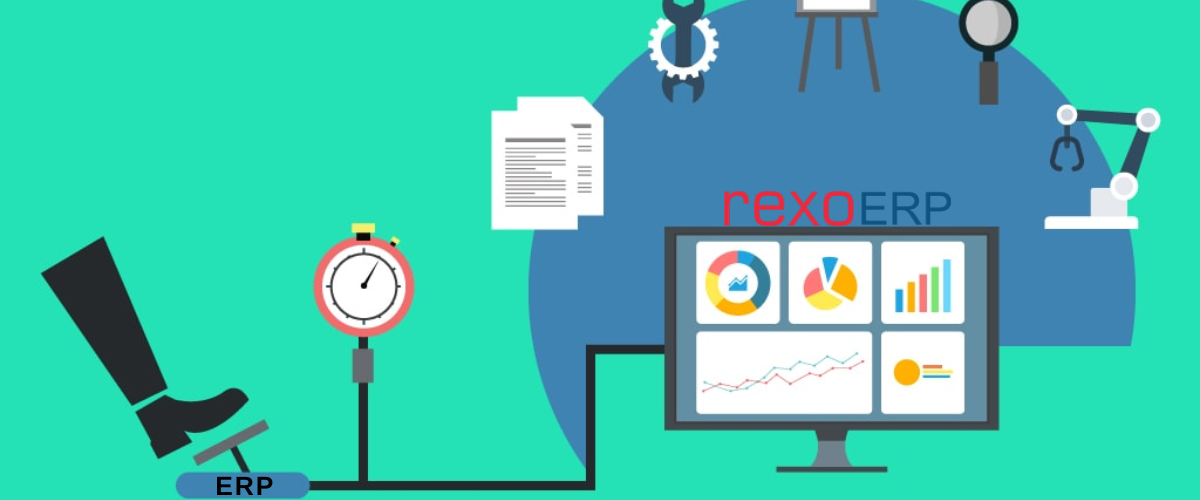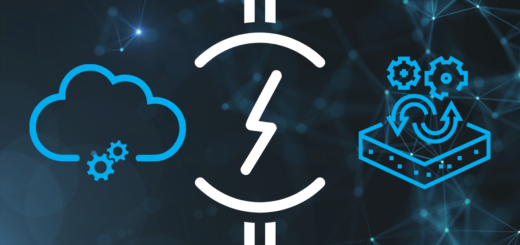7 Powerful Stages of Implementing An ERP System?

There are 6 stages that make up any ERP implementation project: Discovery and Planning, Design, Development, Testing, Deployment, and Ongoing Support.
However, this is a frequent cycle; there will be an inclination for phases to overlap and for development back and forth between stages.
Our team, which specializes in ERP software solutions and has a decade of combined experience in developing software and ERP implementations, has summarized the process we use with our clients. See the steps underneath.
ERP Discovery and Planning
This first stage begins during the sales dealings and then continues post-sale. During this stretch, the main project managing team will be created. Initial meetings and documentation will be created as the team recognizes recent issues and possible solutions. An important part of this stage is assembling the task plan, which will direct the remainder of the project.
Design
We’re not talking about rearranging furniture or painting the office. Instead, what will the new widespread enterprise look like, and how might it be used in the organization? In the ERP Design stage, the task and implementation team will work out the various configurations for the new system, define jobs, and record standard strategies.
Development
The objective of the development stage is to prepare the whole system for going live. This includes actions, for example, completing any necessary customizations, developing a user training manual, and importing data. With ERP implementations, similar to any custom software development project – “First, Solve the issue. Then, write the code.”
Testing
Is the system’s functionality aligning with the set prerequisites for the project? The Testing and Development phases will often overlap as the implementation, and designated teams hop between the two – continually fine-tuning the configuration. By the end of this stage, project team individuals will be satisfied doing their functions in the new system. This is the final step before diving into the live system.
Deployment
The project and implementation team will assess the situation and make the final go or off-limits decision. Before going live, the final data will be packed and validated. The project team will train other representatives who will then start working in the new system and completely stop using the former one.
Ongoing Support
Once the ERP system has gone live, the rationale of the task team will shift. Over the long run, adjustments and changes to the system configuration may be required as the user’s work within the system evolves. As the ERP system arrangement advances, testing continues, and more data is converted. This moment is a worthy opportunity to focus on end-user methodology and training.
IMPROVE
Once you begin using the ERP software as a central system for your business, you’ll start to discover more credentials and advantages. You’ll continue to see more prospects to use the ERP software to make your business more productive and beneficial.
Our team will constantly respond to your questions and needs and point out new ways you can make the most of your ERP software.
We hope this article serves as a valuable resource to you and your organization when exploring ERP projects. Other articles you might find of interest or use in your ERP research include:
Mobile ERP And Top 10 Reasons To Implement it!
What Should A Company Expect From Their First ERP Implementation
7 Astonishing Ways Small Businesses Benefit From ERP
If you’re ready to learn more, contact REXO ERP or Techlene
REXO ERP offers customers a personalized, full-service experience by implementing business management technology. With a hands-on approach, REXO ERP helps companies get the most out of their software system through a hands-on approach. The team provides training, implementation, and customization. Headquartered in India and also in Australia, For more information, book a demo or reach us at info@techlene.com.


